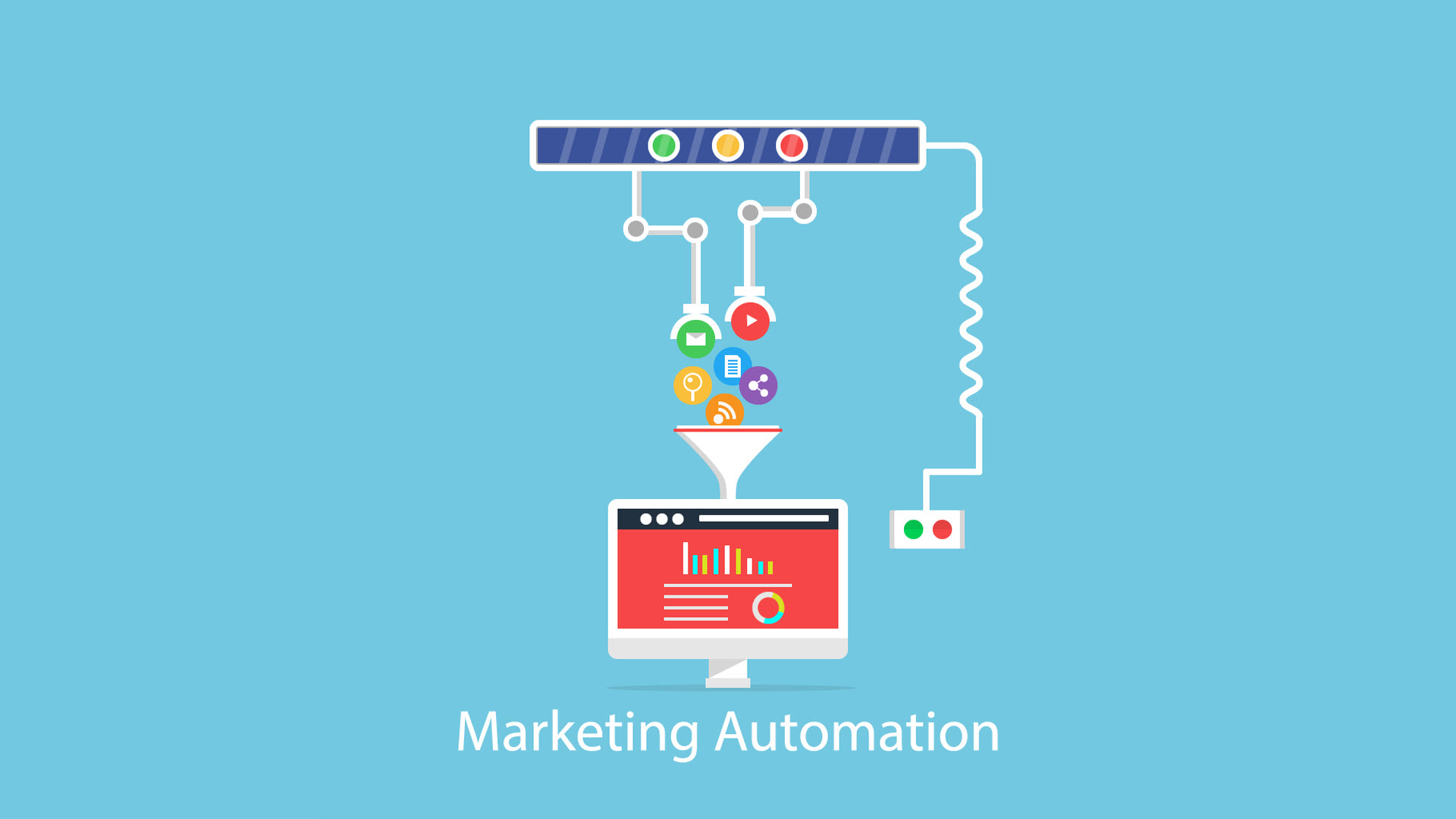How to Remove Data from Data Brokers and Protect Your Personal Information
How to remove data from data brokers is a question more people are asking every day—especially those shocked by how much personal information is easily found online. From full names and home addresses to browsing behavior and shopping history, data brokers are silently profiling you. The real concern? Most of this is done without your permission.
Imagine typing your name into a search engine and discovering hundreds of results—photos, job history, maybe even your current location. How did it all get there? That’s where data brokers come in. These companies collect and sell your personal information, and most people don’t even know it’s happening. Fortunately, you can fight back.
In this guide, you’ll learn how to identify, opt out, and remove your personal data from data brokers effectively. For example, many of these brokers feed data into advanced marketing systems. See how tools like these work in action with important marketing automation tools that depend on consumer profiling.

What Are Data Brokers and What Do They Know About You?
A Silent Industry of Surveillance
What are data brokers? They are companies that specialize in collecting, aggregating, analyzing, and selling your personal information. They don’t create content or offer free apps—they profit from data.
What Kind of Data Is Collected?
Full name, age, gender, and address
Browsing history and app usage
Purchase behavior and transaction data
Employment history and income bracket
Hobbies, political leanings, and family members
Much of this is gathered from public databases, online forms, cookies, social media activity, and even credit card purchases.
Why You Should Be Concerned
It’s a Privacy Issue
Your digital identity is being sold—sometimes dozens of times—without your explicit consent. This can lead to unwanted spam, targeted manipulation, and even doxxing.
Identity Theft and Fraud
With enough personal data, criminals can open credit lines, steal your medical identity, or create false accounts in your name.
Exploitation by Marketers
Ever wondered why certain ads follow you across the web? That’s the result of data brokers feeding your information into automated marketing systems.
How to Remove Data from Data Brokers
Step-by-Step Manual Process
List Major Data Brokers
Examples: Whitepages, Spokeo, BeenVerified, Intelius, and MyLife.Visit Opt-Out Pages
Find the opt-out section on each website (usually hidden in the footer or under “privacy policy”).Verify and Remove
You may need to submit a government ID or respond to an email to complete the request.Document Everything
Take screenshots or save emails as proof of removal requests.Repeat Regularly
Many brokers repopulate data over time. Revisit sites every 3–6 months.
Automated Services
If this seems like a lot of work, services like DeleteYourself or OneRep offer automated removal for a monthly or annual fee. These can save time but may not reach every broker (learn more about data broker practices here).
Data Brokers and the Marketing Industry
Many marketers rely on third-party data for hyper-personalized campaigns. While this enhances targeting, it often erodes trust.
To see how ethical marketing should be done, explore this practical article on how to build trust with customers through emails. It focuses on permission-based marketing, transparency, and genuine engagement—an approach that contrasts with invasive data practices.
How to Protect Personal Information Going Forward
Everyday Tips
Use unique, strong passwords and a password manager
Adjust privacy settings on social media
Clear browser cookies and cache regularly
Don’t overshare personal info online
Use incognito mode and tracking blockers
Long-Term Strategies
Invest in a virtual private network (VPN)
Use encrypted email services
Avoid “free” apps that harvest excessive data
Set up alerts for identity theft or credit monitoring
Learn more about how to protect personal information from being misused or sold.
The Technology Behind Data Mining
Data brokers don’t do all the heavy lifting alone—they use tools like AI, machine learning, and automation. Platforms like Salesforce Marketing Cloud (SFMC) process user behavior in real time to personalize marketing content.
For a real-world look at how this tech is used (ethically or not), read this guide to SFMC Email Marketing Automation. It shows the power of automation when aligned with user privacy.
Global Laws and Regulations
While the U.S. lacks comprehensive data protection laws, states like California have the California Consumer Privacy Act (CCPA), allowing you to request deletion of your data.
In the EU, GDPR gives individuals the right to access, correct, or erase personal data. If you live in these regions, use your rights.
Don’t just rely on laws—take proactive steps yourself.
New Threat: Biometric and Voice Data Tracking by Data Brokers
As data brokers evolve, a new layer of concern is emerging: the silent collection of biometric and voice data. While most people focus on names, emails, and browsing habits, data brokers are beginning to gather more sensitive identifiers like facial recognition data, voiceprints, and even your typing rhythm.
What Are Data Brokers Doing with Biometric Data?
These advanced data points are harvested from:
Smart devices like Alexa, Siri, and Google Assistant
Apps with microphone and camera permissions
Behavioral analytics tools that analyze how you type or move your mouse
The growing use of this technology makes it harder to remove data from data brokers because biometric data is permanent—you can’t change your voice or fingerprint like you can change a password.
Why This Is a Privacy Game-Changer
Unlike traditional data, biometric identifiers are tied directly to your physical body. If compromised, they pose lifelong security and privacy risks.
This new trend elevates the urgency of how to protect personal information in the digital age. It’s no longer just about deleting cookies—it’s about controlling how your very identity is being harvested and stored.
How to Protect Yourself
Revoke unnecessary app permissions (microphone, camera)
Avoid using facial or fingerprint login on unsecured platforms
Use browser extensions that block invasive tracking
Disable voice assistants when not in use
Understanding what data brokers collect and taking steps to secure your biometric profile is now an essential part of how to remove data from data brokers completely.

Final Thoughts
How to remove data from data brokers is more than a task—it’s a habit you should build. While the process is time-consuming, it’s critical for anyone concerned about their digital footprint. From opting out of major databases to securing your online identity, taking action now is better than reacting later.
As data becomes the world’s most valuable resource, your personal information should be yours to control.
Frequently Asked Questions (FAQ)
Q1: What are data brokers and why do they exist?
A: They collect and sell personal information to advertisers, insurance firms, political campaigns, and more—usually without your knowledge.
Q2: How can I delete my data from these brokers?
A: You can use manual opt-out forms or pay for automated services like DeleteYourself.
Q3: Is this legal?
A: In most countries, yes—though some regions like California and the EU have stricter protections.
Q4: Can I stop them from collecting my data in the future?
A: You can’t prevent everything, but you can minimize exposure by managing privacy settings, avoiding free apps, and using anti-tracking tools.
Q5: How often should I review my digital presence?
A: At least every 6 months to ensure your data hasn’t resurfaced or been sold again.




